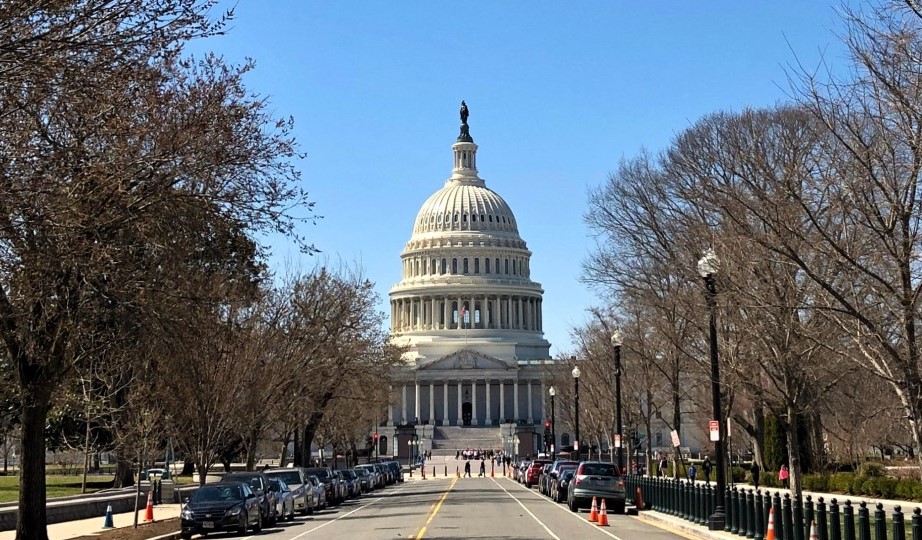
By Michael C. Loulakis and Lauren P. McLaughlin
When engineering malpractice is proved against a firm or person, most states use a comparative fault model for determining damages. Under this model the court ascribes a percentage to each firm or person that it finds has contributed to the loss, regardless of whether it is a party to the litigation. Typically, no entity can be held liable for more than its percentage of total damages. Consequently, if an engineer’s design was faulty, but there was also faulty construction, the engineer’s liability would be limited to its apportioned percentage of fault, even if the contractor was not a codefendant in the court proceedings.
This month’s case, Broward County v. CH2M Hill, discusses this principle in relation to problems on a project that were found to be caused by a combination of faulty design and poor construction workmanship. The trial and appellate courts were tasked with slicing and dicing damages to arrive at the right monetary awards.
The case
The disputes stem from a county airport improvement project that included the construction of a new taxiway, Taxiway C. Broward County, Florida, engaged CH2M Hill Inc. for aviation design services. The county engaged Triple R as its general contractor and URS as the project manager. URS was to be the county’s on-site representative and provide overall management of the airport improvement projects, including serving as the decision-maker for all questions concerning the quality of the work performed.
The county also engaged another engineering firm, Bureau Veritas North America, to provide “quality assurance materials testing and inspection services.” This role included testing the density of the base course, subbase, and subgrade layers beneath the asphalt.
The project was completed, and even though the taxiway was expected to last 20 years, the county noticed rutting just eight months after it opened. The county’s investigation concluded that Triple R had performed defective work and CH2M’s design contained errors, omissions, and defects. The county directed Triple R to mill away 2 in. of the asphalt surface and fill it with new asphalt. Triple R complied and submitted a final payment request, which URS approved for payment.
The county never issued a final certificate of payment, however. Instead, it engaged the services of another engineering firm (RS&H) to completely redesign the project. It then engaged another contractor to implement the new design, costing the county almost $7 million.
The litigation
The legal and procedural finger-pointing over liability began soon after. Triple R sued the county, alleging breach of contract and violations of the Prompt Payment Act. Triple R also asserted claims against CH2M for negligent design. Not surprisingly, the county brought claims against Triple R and CH2M for breach of contract and indemnification. The county also sued URS and Bureau Veritas for breach of contract and indemnification but settled those claims before the trial for $600,000 and $125,000, respectively.
In the lawsuit, Triple R argued that the county’s damages were caused in whole or in part by the county, CH2M, and URS. CH2M argued that fault should be apportioned among Triple R, URS, and other nonparties to the suit.
The proverbial “battle of the experts” at trial included testimony from the county’s engineering expert that CH2M’s design was “doomed to fail” because it did not take into account any of the native, loose soils below the top 22 in. of the subgrade, which was “one of the principal factors” that caused the rutting. The county’s expert opined that Triple R also contributed to the rutting, albeit to a lesser extent.
The expert testified that Triple R failed to properly construct the subgrade in accordance with CH2M’s design because it did not compact the 22 in. layer in the excavation/cut and embankment/fill areas to their maximum dry density. The expert also asserted that Triple R did not compact the three layers below that level in the embankment/fill areas to the required density.
Triple R’s expert testified that the premature rutting was caused by under-compaction and a design that did not meet the standard of care in the excavation/cut areas.
One of CH2M’s engineering experts testified that the cause of the rutting was Triple R’s under-compaction of the 22 in. layer. Another CH2M expert testified that URS’ conduct fell below the standard of care by allowing Triple R to deviate from CH2M’s design in various ways. CH2M opined that every time URS allowed a deviation from the design engineer’s documents, URS was responsible for the deviation because URS was redesigning the project. A former URS employee who worked on the project testified that URS was understaffed and did not have the capacity to properly inspect all of Triple R’s work.
The court found that the redesign and reconstruction of the taxiway was a “direct and proximate result of the breaches of contract by Triple R and CH2M and both are liable for those incidental damages that flow from their breach.” The trial court relied on the testimony of the county’s expert in finding that CH2M breached its contract with the county and relied on experts from both the county and CH2M in finding that Triple R breached its contract with the county “by failing to build Taxiway C in conformity with not only the specifications, but also the density testing.”
The trial court found that the reason Taxiway C failed so soon after its opening to aircraft traffic was a combination of the failure to compact correctly and the failure to extricate the water from the job site.
The trial court found that URS was “the main participant on the job site that caused the failure of Taxiway C” because URS was the project manager and had the opportunity to make changes to the plans as well as to construction. Therefore, “URS was substantially in breach of its contract with the county and at fault for what occurred on Taxiway C.”
The court considered the county’s total requested damages of $6,723,303 but deducted the $725,000 paid by the parties that had settled before trial, URS and Bureau Veritas. This reduced the county’s damages to $5,998,303.
The trial court then allocated the damages for the breaches as follows: 60% to URS, 25% to Triple R, and 15% to CH2M. All parties appealed.
The appeal
The primary legal issue for the appeals court was whether the comparative fault statute applied, in general, to owners’ contract claims against architects and engineers. The court affirmed the lower court ruling, finding the trial court properly applied the statute and properly allocated the total damages between CH2M, Triple R, and URS. However, it disagreed with the trial court’s calculation of the total amount of damages to be awarded to the county.
The appellate court stated that “the proper measure of damages … was the cost of repair to bring Taxiway C to its bargained-for state. However, the trial court computed damages based upon the county’s expenditures in redesigning and reconstructing Taxiway C in accordance with a completely different design. The new design was more expensive and more robust than CH2M’s original design.”
As a result, it found that the county should only have been entitled to its true out-of-pocket costs, approximately $3.2 million. This substantially reduced the amounts for which all parties were ultimately responsible.
The analysis
What is uniquely interesting about this case is that the courts awarded most of the damages against an entity that was no longer a party to the suit, URS. Recall that URS made an “early exit” out of the lawsuit in a mediated settlement payment to the county of $600,000. Yet, the trial court found URS responsible for 60% of the county’s total awarded damages of $5.9 million — more than $3 million.
There is certainly a logic to parties settling before going to a full trial. However, a party like the county is the one that took the risk that URS would ultimately be liable. It may have also factored into the trial strategies adopted by CH2M and Triple R, who could argue that the “empty chair” (URS) was the true (or at least the major) culprit.
The decision is also noteworthy in that the appeals court found the county’s trial court award too high and did not factor in testimony about what portions of the taxiway delivered by Triple R still had an expected useful life. As a result, while the county asserted damages of $6.7 million, its overall recovery was something far less.
This is another common issue in dealing with cases like this, where a plaintiff like the county has to prove the cause and effect of the flaw. Stated differently, just because an owner spends the money to fix a problem does not mean that the parties ultimately found liable will be forced to write checks to cover those costs.
Michael C. Loulakis is the president and chief executive officer of Capital Project Strategies LLC, in Reston, Virginia. Lauren P. McLaughlin is a partner of Smith, Currie & Hancock LLP, in Tysons, Virginia.
This article first appeared in the September/October 2021 issue of Civil Engineering.




